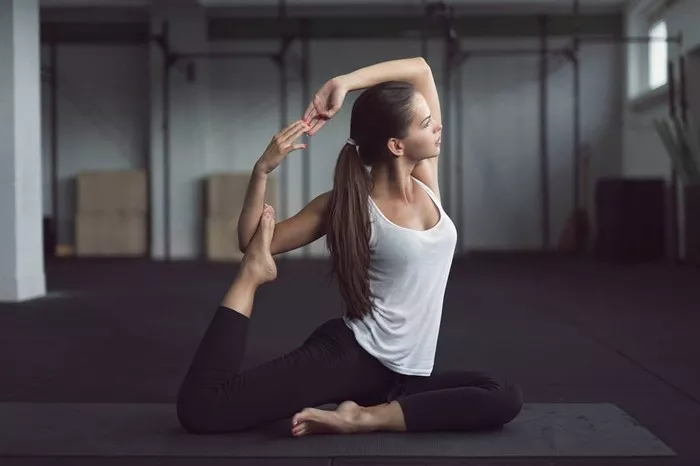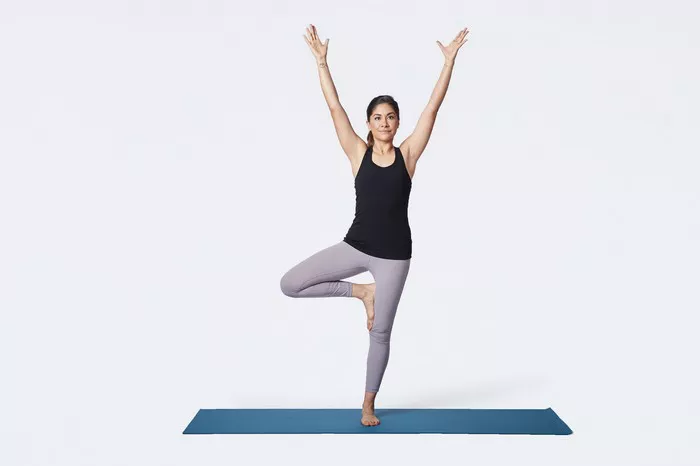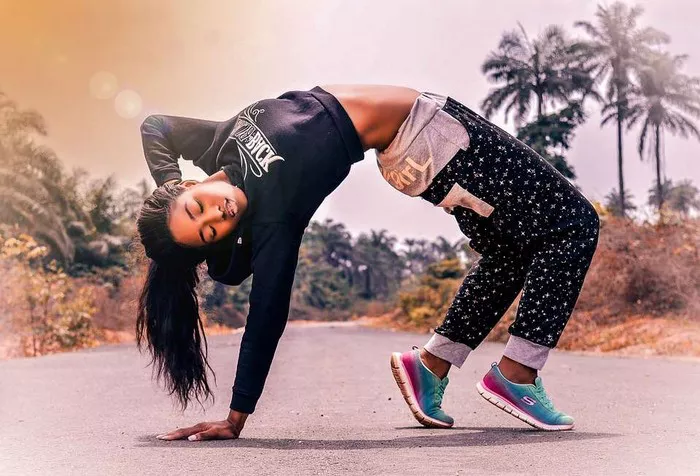In recent times, there has been a significant increase in awareness regarding bone health. As people age, maintaining strong and healthy bones becomes crucial to prevent conditions like osteoporosis and fractures. With the popularity of yoga on the rise, many are wondering if yoga can contribute to bone strengthening. This article will explore the relationship between yoga and bone health in detail.
Understanding Bone Structure and the Need for Strengthening
Bones are living tissues that are constantly remodeling and adapting. They consist of a matrix of collagen and minerals, mainly calcium and phosphorus. Throughout life, bones experience a balance between bone formation and resorption. However, factors such as age, hormonal changes, and a sedentary lifestyle can tip this balance in favor of bone loss. For example, in women after menopause, the decrease in estrogen levels leads to a higher rate of bone resorption. This is why it is essential to engage in activities that promote bone formation and strength.
Weight-Bearing Poses: A Key to Bone Building
Tree Pose (Vrksasana): In this pose, the body’s weight is supported on one leg while the other leg is placed on the inner thigh or calf. The standing leg bears the full weight of the body, which stimulates the bones in the leg, particularly the femur and tibia. As you hold the pose, the bones experience a mechanical load, similar to what happens when you walk or run. This load signals the body to increase bone density. For instance, if you practice Tree Pose regularly, say three to five times a week, over time, the bones in the legs can become stronger. The balance and stability required in this pose also engage the muscles around the bones, further enhancing the effect on bone health.
Warrior Poses (Virabhadrasana): The Warrior series includes Warrior I, II, and III. These poses involve standing with a wide stance and bending the knees, distributing the body’s weight unevenly. The legs and hips bear a significant amount of weight, which exerts a force on the bones in those areas. Warrior I, for example, with its deep lunge and upright torso, challenges the bones of the front leg and pelvis. The activation of the leg muscles during these poses also helps to compress and stimulate the bones. Regular practice of Warrior poses can contribute to increased bone density in the lower body, reducing the risk of fractures in the hips and legs, which are common sites of injury, especially in the elderly.
Inversion Poses and Their Impact on Bone Health
Headstand (Sirsasana): When performing a Headstand, the body’s weight is inverted, and the pressure is distributed along the arms, shoulders, and the top of the head. This inversion pose not only strengthens the bones in the upper body but also has an effect on the spine. The weight-bearing on the arms and shoulders stimulates the bones in those regions, such as the humerus and the scapulae. For example, if you are new to Headstand, starting with short holds against a wall and gradually increasing the time can help to build bone strength. The correct alignment and engagement of the muscles during the pose are crucial to ensure that the bones receive the appropriate stimulus. Over time, regular Headstand practice can enhance the density of the bones in the upper extremities and support the health of the spinal column.
Shoulder Stand (Sarvangasana): Shoulder Stand is another inversion pose that places weight on the shoulders and neck. It helps to strengthen the bones in the neck, shoulders, and upper back. The vertebrae in the cervical and thoracic regions experience a different kind of load compared to when the body is in an upright position. This variation in loading can promote bone growth and maintenance. When practicing Shoulder Stand, it is important to use props like blankets and blocks to support the neck and shoulders properly. A regular practice of Shoulder Stand, combined with other yoga poses, can contribute to a more comprehensive strengthening of the bones in the upper body.
Twisting Poses and Bone Stimulation
Seated Twist (Ardha Matsyendrasana): In a Seated Twist, the spine is rotated, and the internal organs are gently compressed. This twisting action also has an impact on the bones of the spine. The vertebrae are stimulated as they are moved and adjusted in the twist. The muscles attached to the spine are engaged, which in turn exerts a force on the bones. For example, if you hold a Seated Twist for a few breaths on each side during a yoga session, it can help to maintain the flexibility and strength of the spine. Over time, this can contribute to better bone health in the spinal column, reducing the risk of spinal fractures and degenerative conditions.
Standing Twist (Parivrtta Trikonasana): Standing Twist combines the elements of a standing pose and a twist. The legs bear the weight of the body while the torso is twisted. This pose not only works on the bones of the legs and pelvis but also on the spine. The twisting motion stimulates the vertebrae and the surrounding muscles. The weight-bearing aspect on the legs promotes bone density in the lower body, while the twist benefits the spinal bones. Regular practice of Standing Twist can improve overall bone health by addressing multiple areas of the body simultaneously.
The Role of Breath and Mindfulness in Bone Health
Pranayama and Bone Metabolism: Pranayama, or breath control, is an essential part of yoga. Deep breathing techniques like Kapalabhati and Ujjayi Breath can affect bone metabolism. When we breathe deeply, the oxygen supply to the body is increased. This oxygen is necessary for the cells involved in bone formation, such as osteoblasts. For example, a daily practice of 10 – 15 minutes of Pranayama can improve the overall health of the body, including bone health. By enhancing the oxygenation of the tissues, Pranayama can support the process of bone building and maintenance.
Mindfulness and Posture: Mindfulness in yoga involves being aware of the body’s alignment and movements. When we practice yoga mindfully, we are more likely to maintain correct postures. Good posture is essential for distributing the body’s weight evenly across the bones. For instance, sitting and standing with an upright spine reduces the stress on the vertebrae and promotes healthy bone alignment. By being conscious of our posture during yoga practice and in daily life, we can prevent abnormal stress on the bones, which could lead to bone loss or deformities.
Yoga as a Complementary Practice to Other Bone-Strengthening Activities
Combining with Weight Training: Yoga can be combined with traditional weight training for enhanced bone strengthening. While weight training focuses on building muscle mass and increasing bone density through heavy resistance, yoga adds the elements of flexibility, balance, and breath control. For example, a person can do a weightlifting session a few times a week and complement it with daily yoga practice. The weight-bearing poses in yoga can work on different muscle and bone groups than the ones targeted in weight training. This combination provides a more comprehensive approach to bone health, addressing both the strength and flexibility aspects.
Incorporating with Walking or Running: For those who enjoy aerobic activities like walking or running, yoga can be a valuable addition. Walking and running are excellent for cardiovascular health and also have some bone-strengthening benefits due to the impact on the legs. However, these activities can sometimes lead to muscle tightness and imbalances. Yoga can help to counteract these issues by stretching and strengthening the muscles. For instance, after a run, a few minutes of yoga poses like the Standing Forward Fold (Uttanasana) and the Pigeon Pose (Eka Pada Rajakapotasana) can help to relax the leg muscles and improve flexibility. This, in turn, can support better bone health as the muscles and bones work in harmony.
In conclusion
Yoga can indeed be a bone-strengthening practice. Through a variety of poses, including weight-bearing, inversion, and twisting poses, along with the integration of breath control and mindfulness, it offers a holistic approach to bone health. Moreover, when combined with other bone-strengthening activities, yoga can enhance overall bone strength and reduce the risk of bone-related conditions. Whether you are young and looking to build strong bones for the future or older and aiming to maintain bone density, incorporating yoga into your lifestyle can be a beneficial choice.
Related topics:
























